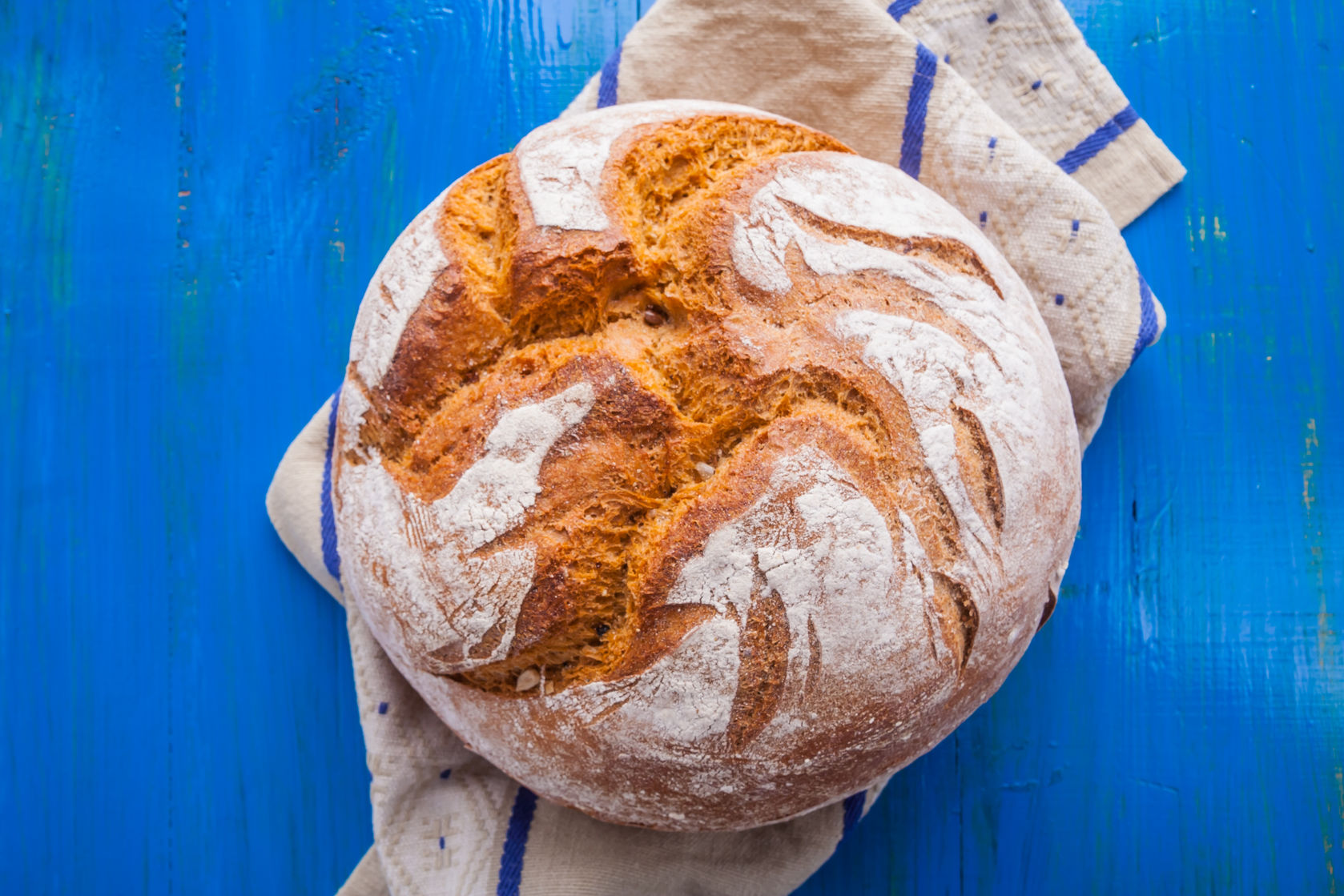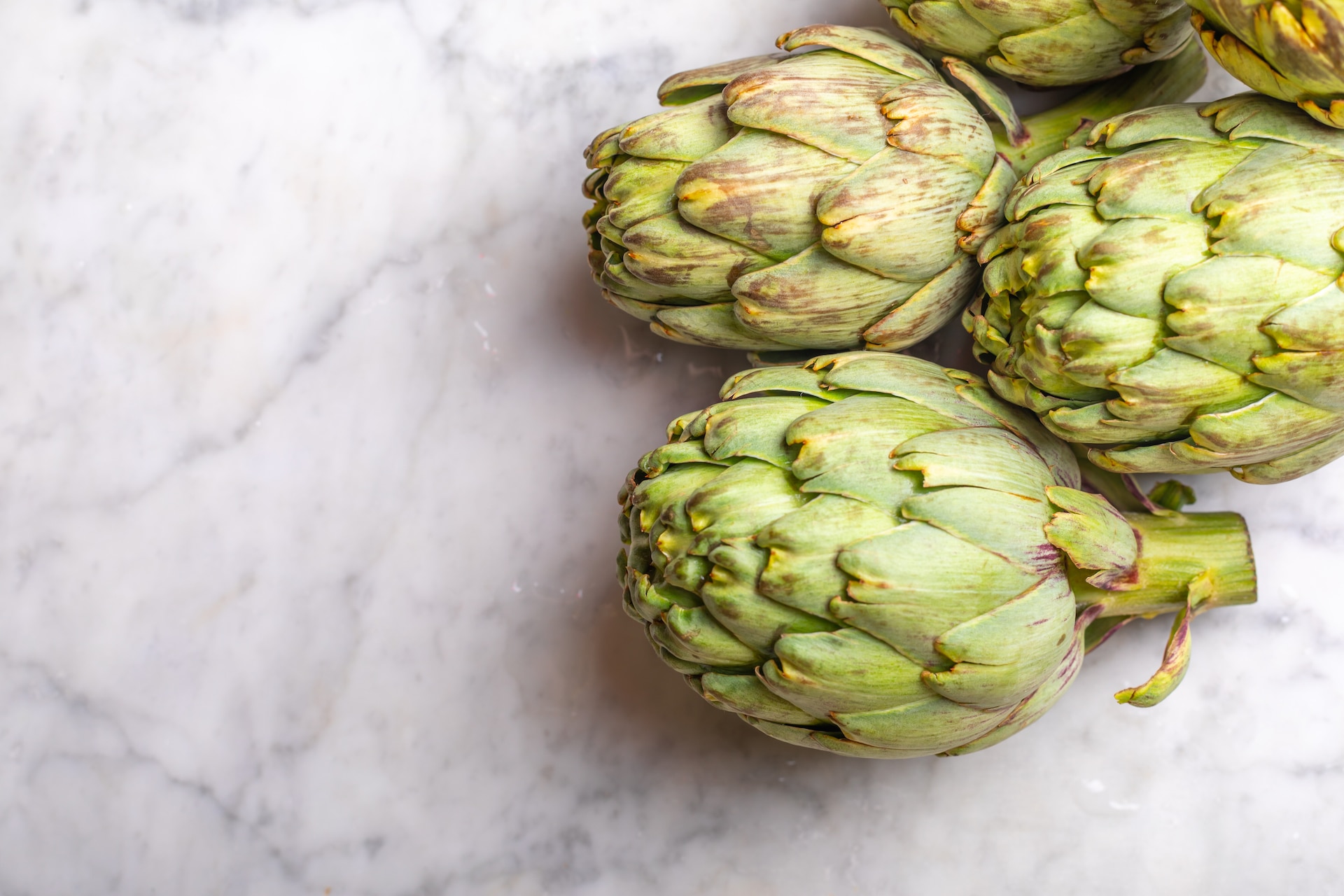Got Gout? You Can Avoid This Painful Form of Arthritis by Limiting Foods High in Purines
By Ellie Erlich, MS, RDHome » Eat Empowered » Got Gout? You Can Avoid This Painful Form of Arthritis by Limiting Foods High in Purines
Gout is a painful form of arthritis and sufferers will go to great lengths to avoid flare-ups. One of the best ways to lessen the severity of gout is to lessen the levels of uric acid in the body. This can be done with medication and through diet and lifestyle modifications, particularly by avoiding foods that are high in purines. Read on to find out why.
What Is Uric Acid and How Does it Lead to Gout?
Uric acid is a waste product found in blood that is created when the body breaks down purines during digestion. Purines are either naturally found in the body or absorbed into the body through certain foods. They are generally harmless unless they are not broken down properly. Uric acid can become too high if your body over-produces purines (or you cannot excrete them fast enough) or if you eat foods high in purines.
Most uric acid dissolves in the blood, passes through the kidneys and is excreted through urine. In certain instances and populations, too much uric acid can accumulate in the body and lead to a condition called hyperuricemia. This often triggers the formation of crystals (or urate). These crystals can settle in the joints and cause gout.
If left untreated, high uric acid levels may eventually lead to permanent bone, joint and tissue damage, kidney disease and heart disease. Research has also shown a link between high uric acid levels and high blood pressure and Type 2 diabetes.
Uric acid is both produced from foods high in purines and created in the body for a variety of protective purposes. For example, uric acid may offer neuroprotective effects against Alzheimer’s disease, Parkinson’s disease and multiple sclerosis.
Here are some other risk factors that can contribute to high levels of uric acid in the body, which can lead to gout.
Gout risk factors
Gout, a common condition caused by hyperuricemia, can be attributed to several risk factors, including:
- Genetics: having a family history of gout may make you more likely to develop it
- Obesity: research has shown that gout can be caused by obesity-related metabolic abnormalities
- Medical history: kidney disease, diabetes, metabolic syndrome or high blood pressure can also increase your risk
- Age and sex: biological males between the ages of 30 and 50 are more at risk for developing gout
- Certain medications: taking diuretics can affect how well your kidneys are able to eliminate uric acid
- Alcohol consumption: excessive alcohol use (more than two drinks per day for men or one drink per day for women) can increase your risk of a gout attack
Foods High in Purines
Uric acid crystals come from high purine levels or impairments in uric acid elimination. If you’re predisposed to hyperuricemia or related health risks, you may want to manage how often you eat purine-rich foods and find alternative food options.
Foods high in purines include processed foods, certain animal products and seafood, such as:
- Alcohol
- Red meat
- Pork
- Organ meats such as liver
- Sugar-sweetened beverages such as soda
- Some fish, seafood and shellfish, including anchovies, sardines, mussels, codfish, scallops, trout and haddock
Foods Low in Purines
Replacing foods high in purines with these foods can help to lower purine levels, leading to lower uric acid levels.
- Nuts and legumes
- Fruit (oranges and cherries, in particular, are reported to reduce inflammation caused by uric acid)
- Whole grains
- Vegetables (excluding asparagus, cauliflower, spinach, mushrooms and green peas)
- Poultry
- Eggs
- Fish such as sablefish, monkfish and Japanese eel. (Halibut, carp and Japanese sea bass can be eaten in moderation.)
Bottom Line on Gout, Uric Acid and Purines
Avoiding too much uric acid in the bloodstream has many downstream benefits for your health. This is especially true for anyone with a high risk of developing painful gout. One of the simplest and healthiest ways to reverse high uric acid levels is to avoid foods high in purines and incorporate more foods low in purines into your diet.
(Image: Shutterstock)
Ellie Erlich is a registered dietitian and holds a Master of Science in clinical nutrition from New York University. She is the program mentor for The Nutritious Life Studio and works privately with clients to accomplish a wide range of wellness goals from weight loss to chronic conditions and autoimmune disorders.
RECENT ARTICLES

Want a sneak peek inside the program?
Get FREE access to some of the core training materials that make up our signature program – Become a Nutrition Coach.
Get Access Eat Empowered
Eat Empowered













































































































































































































































































































































































































































































































































































































































































































































































































































































































































































































































































































































































































































































































































































































































